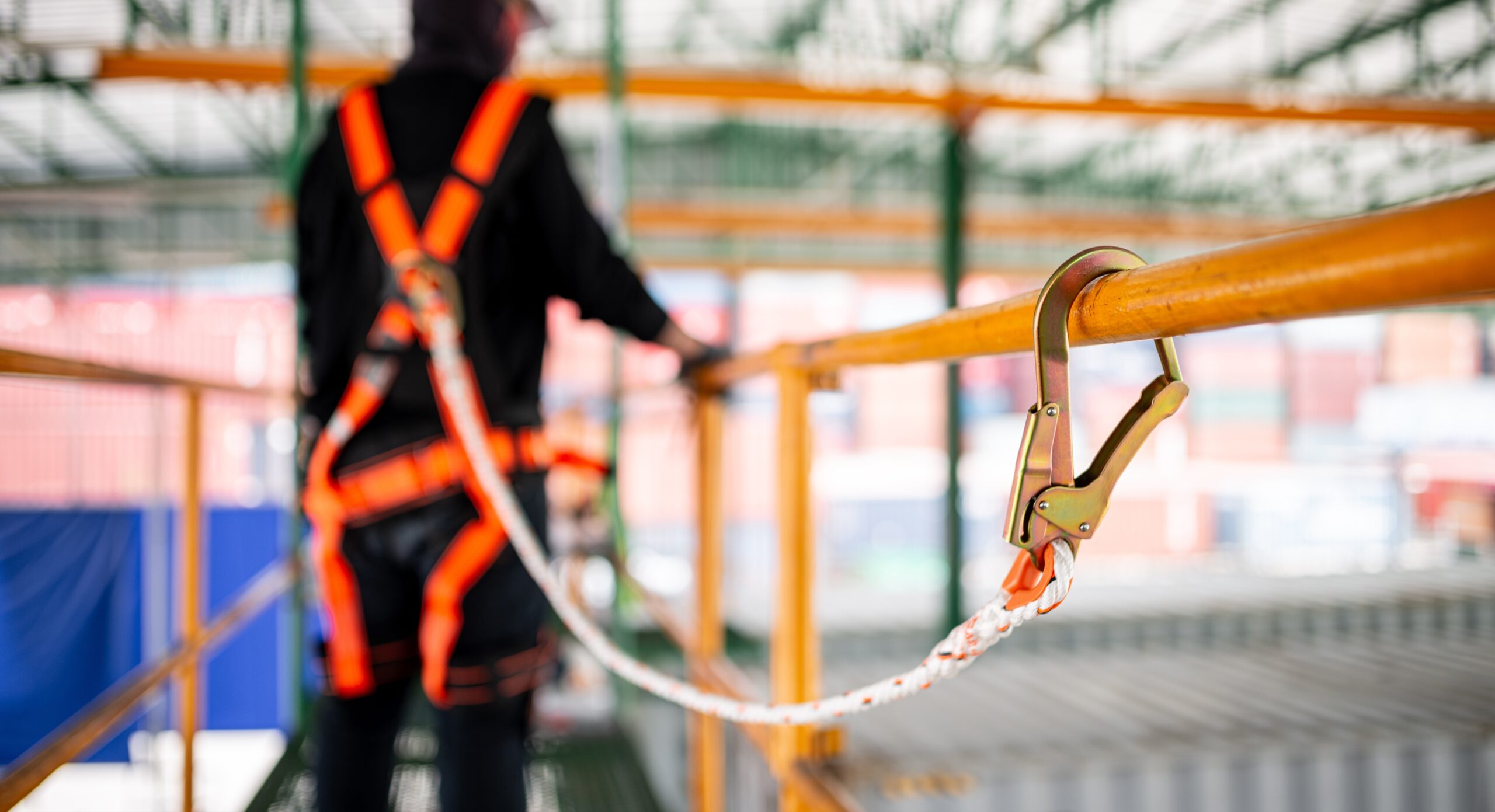In many industries, employees often work alone or in isolated conditions, performing tasks without direct supervision. These lone workers are an integral part of the workforce, whether they are healthcare professionals visiting patients at home, security guards on night shifts, or maintenance workers in remote locations.
Working alone comes with unique risks that can lead to serious accidents, injuries, or even fatalities if not properly managed. As a business owner or manager, prioritising lone worker safety is not only a legal obligation but also a moral responsibility.
The unique risks faced by lone workers
Lone workers face a variety of risks that differ significantly from those encountered by employees working in teams or supervised environments. These risks can be categorised into several key areas:
1. Increased vulnerability to accidents and injuries
When workers are alone, the likelihood of accidents occurring can be higher due to the absence of immediate assistance. A lone worker operating heavy machinery or performing maintenance tasks in a remote area is at greater risk if something goes wrong. Without a colleague to help or call for assistance, even minor injuries can quickly escalate into serious situations.
2. Higher risk of violence and assault
Lone workers, particularly those in public-facing roles such as healthcare professionals, security personnel, and delivery drivers, are more vulnerable to violence and assault. Without the presence of others, they may become easy targets for aggression from the public or other individuals with malicious intent. This risk is especially pronounced during night shifts or in high-crime areas.
3. Delayed emergency response
One of the most significant dangers for lone workers is the potential delay in emergency response. If a lone worker experiences a medical emergency, injury, or is involved in an incident, the absence of co-workers to raise the alarm can result in crucial time being lost before help arrives.
In some cases, the worker may be unable to call for help themselves, further compounding the risk. Man down alarms, lone worker apps, and other personal safety devices can be instrumental in providing the right support for workers.
4. Mental and emotional stress
Working alone can also take a toll on an employee’s mental and emotional well-being. The isolation, lack of social interaction, and heightened awareness of personal safety risks can lead to increased stress, anxiety, and fatigue. Over time, this can affect the worker’s overall health, job satisfaction, and productivity.
Legal and regulatory obligations for lone worker safety
In many countries, including Australia, employers have a legal obligation to ensure the safety and well-being of their employees, including those who work alone.
Workplace safety regulations, such as the Work Health and Safety (WHS) Act, require businesses to assess the risks associated with lone working and implement appropriate measures to mitigate these risks.
Failure to comply with these regulations can result in significant penalties, including fines and legal action. Moreover, in the event of an incident involving a lone worker, the company may be held liable for any injuries or fatalities that occur, leading to reputational damage and financial losses.
Key legal requirements:
- Risk assessments: Employers must conduct thorough risk assessments to identify the specific hazards faced by lone workers and develop strategies to manage these risks effectively.
- Training and supervision: Employers are required to provide adequate training to lone workers, ensuring they are aware of the risks and know how to respond in emergencies. Regular supervision, either through remote monitoring or periodic check-ins, is also essential.
- Emergency procedures: Businesses must establish clear emergency procedures for lone workers, including how to summon help and what actions to take in the event of an incident.
The benefits of prioritising lone worker safety
Beyond legal compliance, prioritising lone worker safety offers numerous benefits for your business. These benefits extend to both the well-being of your employees and the overall success of your organisation.
1. Enhanced employee safety and well-being
The most immediate benefit of focusing on lone worker safety is the improved protection and well-being of your employees.
Providing GPS-enabled safety devices, lone worker devices, or personal distress alarms, can significantly reduce the risks faced by lone workers and ensure they receive timely assistance in emergencies. This not only prevents accidents and injuries but also fosters a safer and more supportive work environment.
Lone worker safety apps like the SafeTCard Mobile App have been created for the purpose of giving employers, and workers, peace of mind in emergency situations.
2. Increased employee morale and job satisfaction
Employees who feel safe and supported in their work are more likely to be satisfied with their jobs and committed to their employer. Prioritising lone worker safety demonstrates that you value your employees’ well-being, which can boost morale, reduce turnover, and improve productivity.
Workers who know that their safety is a priority are more likely to be engaged and motivated.
3. Reduced legal and financial risks
By complying with workplace safety regulations and proactively addressing the high risks faced by lone workers, you can minimise the legal and financial risks associated with workplace accidents and injuries. This includes avoiding costly fines, legal fees, and compensation claims, as well as protecting your company’s reputation.
4. Improved operational efficiency
Implementing lone worker safety measures can also enhance operational efficiency. Using lone worker alarms with remote monitoring systems and GPS location technologies allows you to keep track of your lone workers’ locations and activities in real-time, ensuring that tasks are completed safely and on schedule. This can lead to better resource management, improved coordination, and more efficient operations.
How to implement effective lone worker safety measures
To effectively protect your lone workers, it’s essential to implement a comprehensive safety programme that addresses the unique risks they face. SafeTCard provides comprehensive risk assessments and training to help businesses create strong policies to support their lone workers.
Protecting lone workers is a business imperative
Lone worker safety is not just a legal requirement—it’s a business imperative that can have a significant impact on your organisation’s success.
Prioritising the safety and well-being of your lone workers can reduce risks, improve employee morale, and enhance operational efficiency.Investing in the right safety measures, training, and equipment such as lone worker alarms is essential for creating a safe and supportive work environment.




